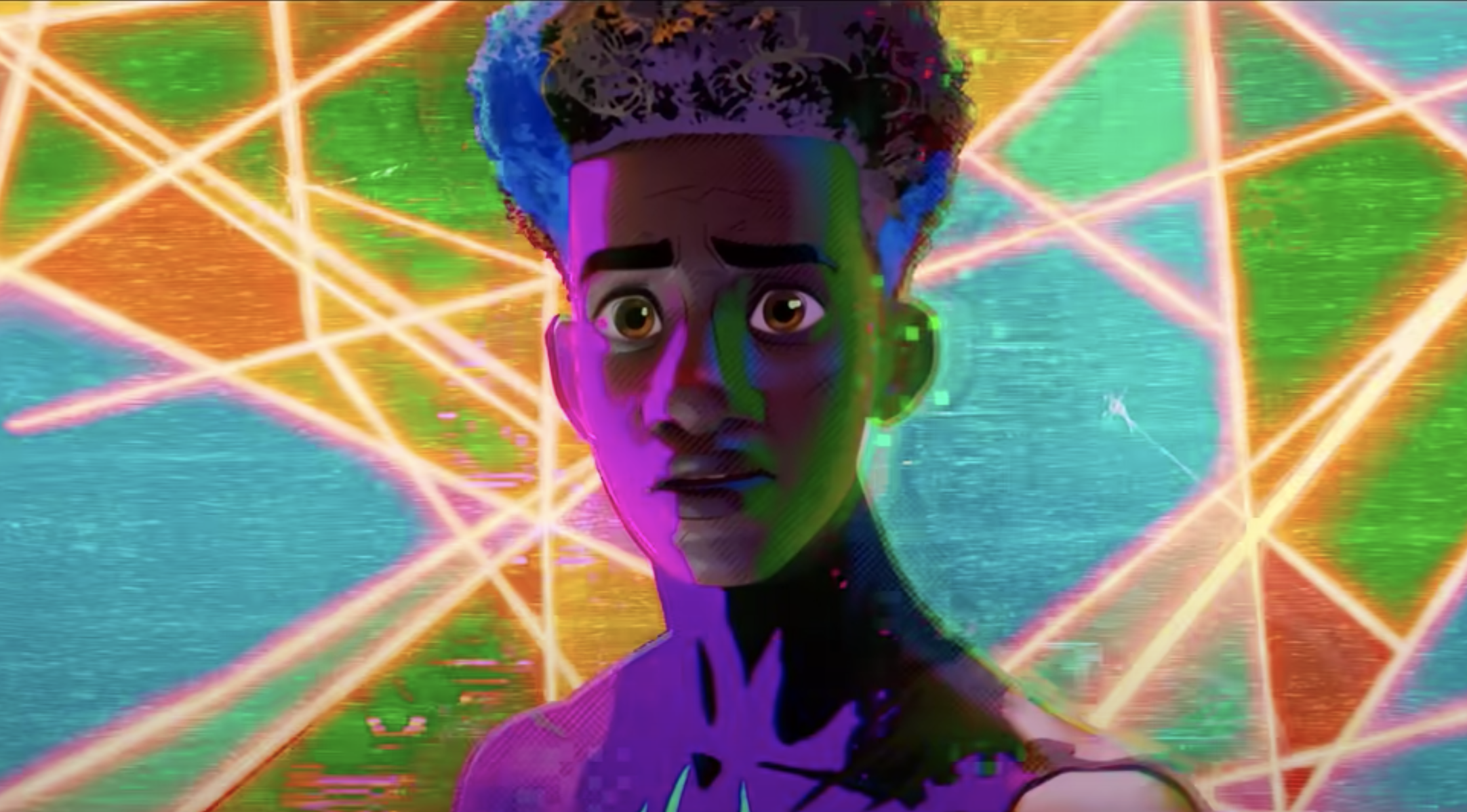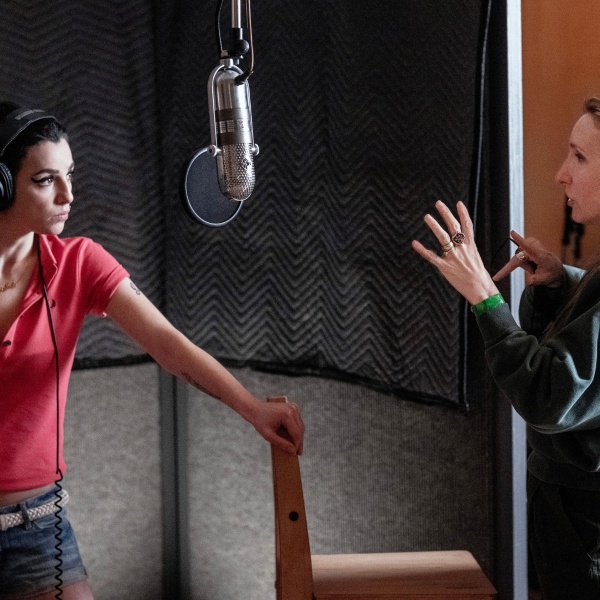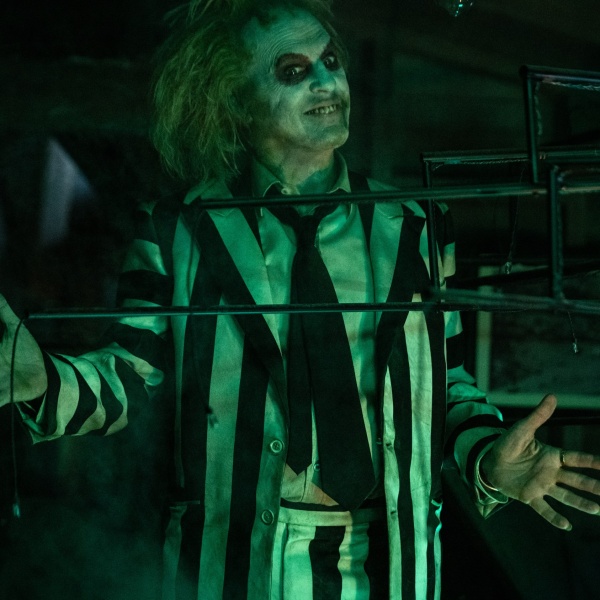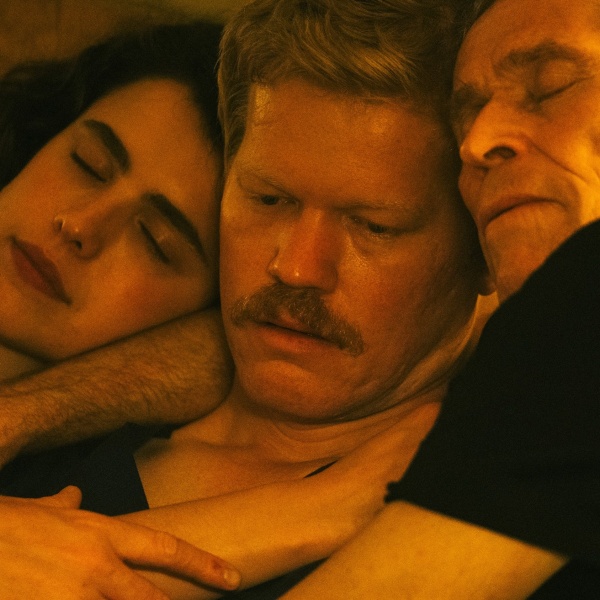Kohn’s Corner is a weekly column about the challenges and opportunities of sustaining American film culture.
It can be a dispiriting experience, I’ve learned, to emerge from the Cannes Film Festival and reenter a world where original cinematic achievements barely have room to breathe. Last week, I was sifting through new work from Jonathan Glazer and Nuri Bilge Ceylan in the south of France while “The Little Mermaid” dominated the U.S. box office — and came home from the festival to find that for most people, this costly live-action simulation of a 30-year-old property was all the movies had to offer the world at the moment.
But a funny thing just happened at the multiplex. I don’t exactly buy into the fan-based hysteria proclaiming “Spider-Man: Across the Spider-Verse” as the greatest superhero movie ever, but the innovations of this newly released animated sequel extend well beyond its overstuffed multiverse plot. From a pure storytelling standpoint, “Across the Spider-verse” certainly hits the same poignant beats as its predecessor, and then some, supplanting the canonization of Peter Parker with the more rough-and-tumble New York experiences of Miles Morales and his Puerto Rican family. It’s funny, touching, and loaded with absorbing action sequences. However, the most exciting aspect of “Spider-verse” has less to do with franchise revisionism than the visual language it deploys in that process.
I lost track of the number of times that directors Joaquim Dos Santos, Kemp Powers, and Justin K. Thompson changed up the images throughout. Even more than its predecessor, the movie eschews the backdrops of many characters for vivid color schemes to reflect their moods. It keeps evolving in front of our eyes, replicating comic book vernacular but also transcending its boundaries. If you’re well-versed in experimental cinema, this kind of rapid-fire shifting of palettes might not seem so radical, but there’s a certain thrill to be found in the notion that millions of audiences can sit comfortably with a disruption of narrative continuity that once seemed more at home in the work of the late Stan Brakhage than anything in the MCU.
How does “Across the Spider-Verse” get away with it? Part of it has to do with familiar stakes that ground the scenario despite its ever-shifting imagery, but it’s also proof of a broader cultural orientation around fragmented storytelling that today’s audiences have adapted as part of their daily audiovisual experience, thanks to the onslaught of moving images that most people experience on an array of screens. During multiple appearances at Cannes this year, jury president Ruben Östlund referred more than once to an LDV Capital study reporting that there were 45 billion cameras around the world by the end of last year. When everyone is an amateur image-maker, their relationship to images changes.
If most people can scroll endlessly through TikTok without a sense of disorientation, it follows that mainstream entertainment should adapt to that level of comfort as well. I saw “Spider-Verse” at a promotional screening for Dolby technology prefaced by the same dazzling trailer the company has used for years to illustrate its technology, but it has a fascinating new context today as audiences seem less engaged by familiar storytelling tropes than a new kind of cinema of attractions. The paradigm has gone from “tell me a story” to “show me what you’ve got,” and that’s not necessarily a bad thing. Empty-headed CGI spectacles still proliferate (hello, “Fast X”!), but “Spider-Verse” suggests an emerging appetite for more sophisticated image-based experiences produced at the studio level.
Yet what I found most intriguing about the visual stimuli of “Spider-Verse” was that it didn’t make the case for that big scale at all. In the five years since “Spider-Man: Into the Spider-Verse” came out, the ability to craft imaginative high-quality images has accelerated at a historic rate, thanks in large part to the public’s embrace of generative AI. It may be a controversial talking point at the center of the WGA strike, but generative AI has democratized image-making in such a remarkable way that artists with far fewer resources than the “Spider-Verse” team can craft visuals of a similar caliber.
If you’re a creator and haven’t yet messed around with Midjourney or DALL-E to see what I mean, stop what you’re doing right now and get to it. The possibilities are astonishing — and they have arrived alongside an expanding comfort with experimental storytelling approaches. As much as “Across the Spider-Verse” captures the current moment, it’s also a snapshot of what the future might look like, well beyond Hollywood’s confines.
We’ve seen inventive lo-fi approaches to animated storytelling many times over the years. The 2007 fantasy effort “We Are the Strange” was made with a wide array of homemade CG effects by the artist M dot Strange all by himself. Now, however, the tools have grown sophisticated to the point where such DIY world-building can happen at a much faster pace, with far better results.
Last year, I wrote about how “Avatar: The Way of Water” should inspire a revolution in low-budget FX, given the cascading price point for motion-capture technology. This is also true for animation and, as an extension, any kind of cinematic storytelling aiming for visual ingenuity.
The alarmist tone that surrounds virtually every aspect of AI these days may not be altogether unwarranted, but it obscures how much aesthetic opportunity has materialized right on schedule. Of course, not every movie has Spider-Man as a Trojan Horse to draw audiences into the fold. But if they’re willing to accept a superhero movie on these terms, who knows what else they might embrace? Whatever happens with the industry, the pathway for rapid-fire creative ingenuity has never been more pronounced.
As usual, I welcome feedback to this week’s column: eric@indiewire.com







